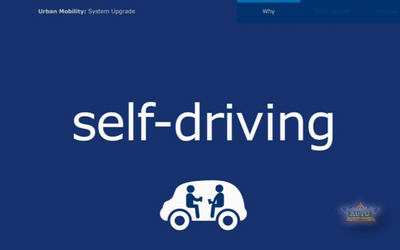How Self-Driving Shared Vehicles Could Take 90 Percent Of Cars Off City Streets And Change Traffic +VIDEO
 |
Paris - April 30, 2015: What if all trips in a city were carried out by a fleet of self-driving cars shared by users? A new study conducted by International Transport Forum explores the potential outcomes of such a radical upgrade in an urban mobility system. It concludes that up to 9 out of 10 conventional cars could become redundant under certain circumstances. Vast amounts of public space would be freed for other uses in such a scenario. However, the total volume of travel increases in most scenarios and the net benefit of such an urban mobility system upgrade decisively depends on the choice of vehicle type, the level of penetration and the availability of high-capacity public transport to complement the shared self-driving car fleet.
ITF researchers used actual transport data from Lisbon, Portugal, to model the impact of two concepts: “TaxiBots”, self-driving vehicles shared simultaneously by several passengers (ride sharing) and “AutoVots”, which pick-up and drop-off single passengers sequentially (car sharing).
The largest reduction is achieved where a fleet of TaxiBots is complemented by a subway or other high-capacity public transport. But even in the least effective scenario, 50% of cars would no longer be needed (AutoVots without subway).
The need for on-street parking spots could be totally removed with a fleet of shared self-driving cars in all scenarios, allowing the reallocation of 1.5 million m² (20% of road space) to other uses. While the number of cars is drastically lower, total kilometres travelled increase. This is due to detours for pick-ups/drop-offs, repositioning and a shift from bus trips to shared cars. The additional travel could increase environmental impacts, if the fleets used conventional engines. If a fleet of electric vehicles were used instead, a TaxiBot fleet would need only 2% more vehicles, however, to accommodate battery re-charging times and reduced travel range.
To read the complete report visit www.internationaltransportforum.org


